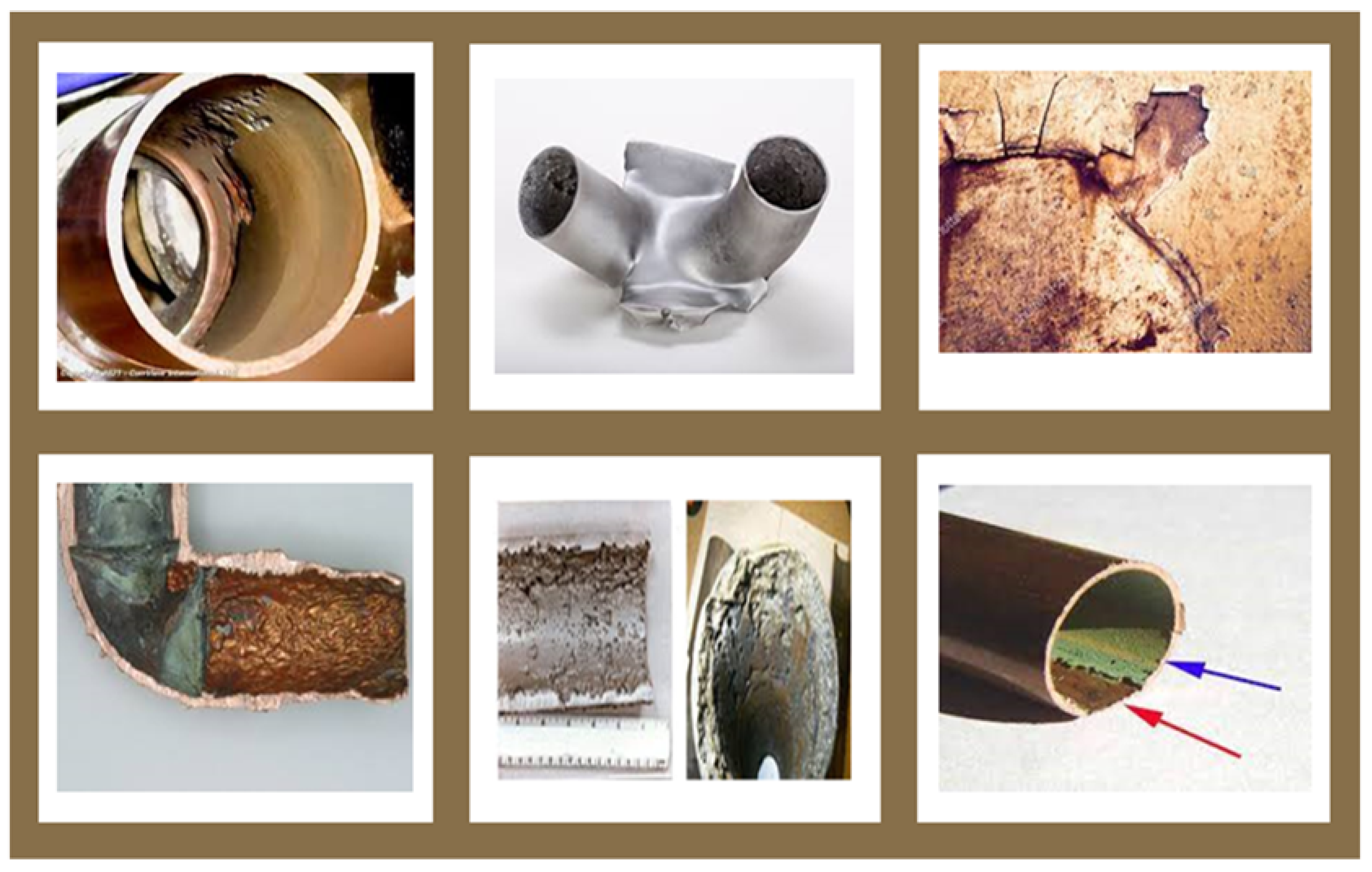Your browser does not fully support modern features. Please upgrade for a smoother experience.
Please note this is a comparison between Version 1 by Zaib un Nisa and Version 2 by Camila Xu.
Erosion is a major issue since it results in several problems, such as failure/collapse, the degradation of surfaces, severe accidents, and vulnerabilities in many industrial systems and processes. Surface degradation by erosion is a slow but nevertheless continuous and unpreventable process in numerous industries, such as the oil and gas industry; erosion also affects aircraft, steam engines, and the rotor blades of power plant drive turbines, including wet-steam turbines, as well as other turbine plants that operate on wet steam.
- surface erosion
- polymer
- nanocomposite
1. Introduction
Erosion continues to evolve as an important research area; it has attracted the interest of researchers for over 125 years because the reliability of surface integrity is of interest to most industries. Erosion is a major issue since it results in several problems, such as failure/collapse, the degradation of surfaces, severe accidents, and vulnerabilities in many industrial systems and processes. Surface degradation by erosion is a slow but nevertheless continuous and unpreventable process in numerous industries, such as the oil and gas industry; erosion also affects aircraft, steam engines, and the rotor blades of power plant drive turbines, including wet-steam turbines, as well as other turbine plants that operate on wet steam [1][2][1,2]. The erosion of surfaces by solid particles is a vigorous process that causes the removal of material from the target surface due to diverse conditions, including viscous fluid flow, the impingement of fast-moving particles, and frictional movement. Indicators of erosion were discussed by Barkoula and Karger-Kocsis [3]. Erosion involves the weakening of components; material deformation; surface cutting, crushing, scratching, and mortification; the absence of directional grooving; abrasion; the detaching of the surface layer of protective coatings; and a decline in the operational life of components, as seen in Figure 1. Due to high maintenance costs and the unplanned nature of stoppages, the control of erosion problems is very time-consuming and expensive. Erosion is seen as a major challenge in the industries it affects, where its impacts on plants include:


Figure 1. Erosion effects on surfaces.
Erosion effects on surfaces.
-
Halting activities;
-
Shortening productive service life;
-
Decreasing performance;
-
Requiring material replacement, including repair and maintenance costs;
-
Decreasing productivity and efficiency;
-
Reducing revenue;
-
Impacting safety (causing explosions, fires, and discharges of toxic products);
-
Health impacts (personal injuries and the contamination of the environment due to the escape of toxic products).
Developments in production methods and advancements in materials and coatings that offer exceptional performance and distinct properties represent one of the most crucial imperatives in modern industrial techniques [4][5][4,5]. During their lifetime, surfaces are subjected to many hazardous influences that cause their deterioration, such as thermal and chemical degradation, stress corrosion, external loads, abrasive particles, and pressure [6][7][6,7]. Understanding the kind of activities that take place when a surface comes in contact with gases, chemicals, solid hard particles, or viscous fluids can allow us to predict the lifespan of affected surfaces and utilize the finest materials for the relevant application and working conditions [8][9][8,9].
2. Factors Affecting Erosion
Erosion by fluid or particles is a vigorous phenomenon that includes gradual harm to a surface caused by an impinging material because of repeated collisions and interactions. Based on the physicomechanical properties of the substrate surface or the substrate coating, the wear of the surface also differs according to the flow of the abrasive material [10][11][12,13]. Numerous researcheuthors have reported the outcomes of several assessment parameters and described the effect of factors such as a material’s nature, form, and amount of fiber on the performance of various polymers under erosive environments. In addition, other important parameters include the angle of attack between the velocity vector of the erodent and the impinging surface; the erodent velocity; the size of the erodent and its form; the physicomechanical characteristics of the impinging material (hardness and impact toughness); and the flow temperature, humidity, and pressure. Some of the important factors related to erosion are summarized in Figure 2.

Figure 2. Factors governing erosion phenomena.
Factors governing erosion phenomena.
